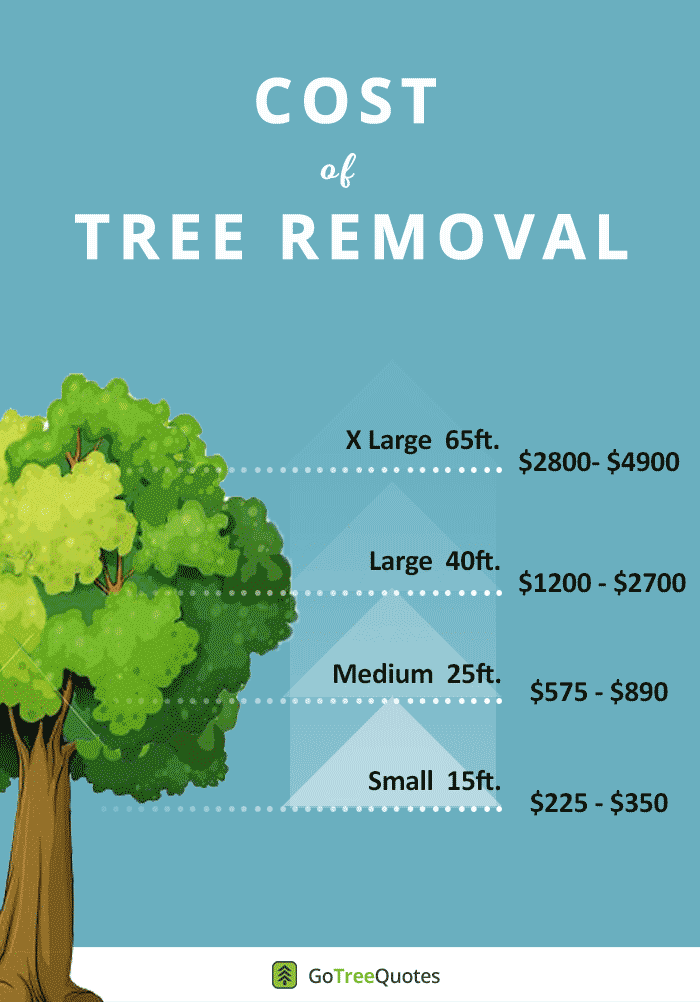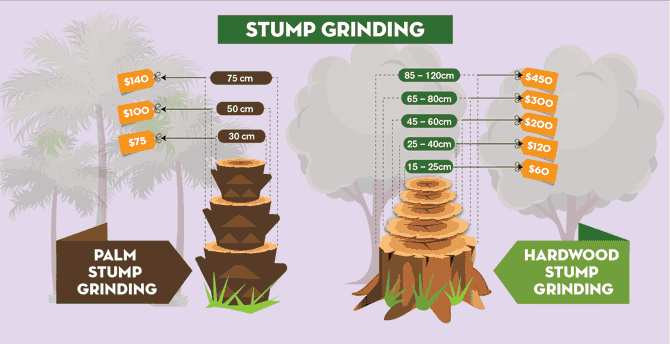Featured
Table of Contents
- – Dunn, NC Tree Cutting Cost Insights
- – Dunn, NC Arborist Customization Costs
- – Senior Discounts On Tree Trimming In Dunn, NC
- – What Locals Pay For Tree Cutting In Dunn, NC
- – Stump Grinding Cost Comparison In Dunn, NC
- – Dunn, NC Stump Grinding Price Variables
- – Dunn, NC Arborist Customer Reviews: Real Expe...
- – Seasonal Stump Grinding Pricing In Dunn, NC
- – Cost Comparison: Tree Clearing In Dunn, NC
- – What Does It Cost To Hire An Tree Trimming I...
- – Dunn, NC Tree Cutting Cost Variables
- – Dunn, NC Tree Removal: Questions To Ask
- – Real Stump Removal Testimonials In Dunn, NC
- – Dunn, NC Tree Clearing Quote Comparison Tool
- – Tree Trimming Pricing In Dunn, NC

The subsections listed below provide more detailed details about pricing, including a typical variety for each. TypeAverage Elimination CostPineConiferPalmMagnoliaArborvitaeAshCedarSweet GumEucalyptusSycamoreCypressOakMaplePoplar You can anticipate to pay in between to remove a pine, depending upon its size. Eliminating a pine is among the more inexpensive jobs unless it is one that has been around for years and is quite big.
Dunn, NC Tree Cutting Cost Insights
Pines also have a tap root that grows deep into the soil, which can prove to be harder to eliminate. The process itself involves a professional cutting the tree, clearing the base, cutting the surface roots, getting rid of the stump, and finally dealing with the soil. Without an expert hand, you run the risk of leaving pine seedlings behind, which will fall from the roots of distressed pines.
Dunn, NC Arborist Customization Costs
The U.S. national average for conifer removal is roughly to have the conifer lowered, transported away, and the stump ground or eliminated entirely. Conifers are normally simpler to get rid of, and even though they can grow rather tall, they do not cost a fortune to eliminate. Conifers consist of pine, spruce, fir, and juniper trees.
Senior Discounts On Tree Trimming In Dunn, NC
While conifers are lovely, they kill native plants and particular types of yard (arborist). The typical price of palm elimination depends on the height as much as the type, varying from.
What Locals Pay For Tree Cutting In Dunn, NC
That is why it is crucial to understand which type you are removing. While you do not need an herbicide to eliminate a palm tree, there are some actions your elimination professional will need to require to make sure the job is done correctly. There are two ways they can eliminate them: by chopping them down or digging them up.
Stump Grinding Cost Comparison In Dunn, NC
This is due to the fact that little animals like rats and scorpions frequently reside in them. Plus, numerous types will have spikes, too. From there, they eliminate the real tree and after that the stump. Expect to pay in between to eliminate this type of tree, depending upon the specific size and information of the task.
Dunn, NC Stump Grinding Price Variables
There are three types: green, white, and black ash. White ash is known for its numerous colors. With its gray-tinged bark, its leaves are green or purple in the spring and golden yellow or purplish-red in the fall. They take pleasure in moderate environments and great deals of sun. The green ash is called such due to its green or yellow foliage.
Dunn, NC Arborist Customer Reviews: Real Experiences

Due to the variation in height, the elimination rate variance is wide from. A coniferous, evergreen tree, the cedar is a sturdy types.
Seasonal Stump Grinding Pricing In Dunn, NC
The growth of false cedars differs from 50 feet up to 230 feet high. With star-shaped leaves and stunning fall colors, the sweet gum is thought about a medium to big tree.
Cost Comparison: Tree Clearing In Dunn, NC
It has a big root base of 40 to 50 feet, which impacts the elimination cost. Typically, it costs in between to get rid of a eucalyptus. Eucalyptus are not typical everywhere, but they are quite big compared to others, which is why even the smaller sized ones are so costly to eliminate. Originally from Australia, eucalyptus are intrusive plants that grow in thick groves that take out native plants.
What Does It Cost To Hire An Tree Trimming In Dunn, NC
There are a handful of ways to do this, including burning, pulling, grinding, or eliminating them with herbicide. Expect to pay between to eliminate sycamores, based on the height, trunk size, and quantity of work included. Sycamores are one of the largest wood trees, usually varying from 60 to 100 feet tall and as wide as 15 feet.
Dunn, NC Tree Cutting Cost Variables
The first two actions will expose the withins of the tree and cut off the flow of nutrients up the trunk. From there, a professional uses herbicide to eliminate the tree and reduce the trunk. Then, they will eliminate the stump. Otherwise, brand-new sprouts may grow from it. Reducing and removing a mature cypress could cost as much as.
Dunn, NC Tree Removal: Questions To Ask
There are various kinds of Cypress trees, however the most prevalent are the Leyland, Arizona, Bald, and Italian. The Bald Cypress grows in swampy or really damp locations while the others take pleasure in a dry, warm, or hot environment (tree trimming). They can grow as high as 80 to 100 feet tall
Real Stump Removal Testimonials In Dunn, NC

Prone to diseases, the Cypress is one of the most prized woods for furniture. The typical oak grows to around 60 feet, and depending on the complexity of the removal, it costs an average of to remove. The precise size of your oak and the effort needed to fell it affect what you will in fact spend for removal in addition to any extra services like stump grinding.
Dunn, NC Tree Clearing Quote Comparison Tool
Access to the trees and the roots will likewise affect the general expense. Maples can easily mature to 100 feet or more and usually expense between to get rid of from your home. The last cost depends upon the real height and intricacy of the job. Maples are typically among the more costly trees to remove because of their size and the work associated with the elimination.
Tree Trimming Pricing In Dunn, NC
Growing as high as 90 to 115 feet, these huge timbers are primarily discovered in North America and include the aspen, cottonwood, and balsam trees. The process to eliminate trees involves all the cutting and cutting of the branches and trunk, bringing it down to a stump.
Table of Contents
- – Dunn, NC Tree Cutting Cost Insights
- – Dunn, NC Arborist Customization Costs
- – Senior Discounts On Tree Trimming In Dunn, NC
- – What Locals Pay For Tree Cutting In Dunn, NC
- – Stump Grinding Cost Comparison In Dunn, NC
- – Dunn, NC Stump Grinding Price Variables
- – Dunn, NC Arborist Customer Reviews: Real Expe...
- – Seasonal Stump Grinding Pricing In Dunn, NC
- – Cost Comparison: Tree Clearing In Dunn, NC
- – What Does It Cost To Hire An Tree Trimming I...
- – Dunn, NC Tree Cutting Cost Variables
- – Dunn, NC Tree Removal: Questions To Ask
- – Real Stump Removal Testimonials In Dunn, NC
- – Dunn, NC Tree Clearing Quote Comparison Tool
- – Tree Trimming Pricing In Dunn, NC
Latest Posts
Westlake Village, CA Stump Grinding Price Overview
Cost Estimates For A Tree Service In West Haven, UT
Factors That Impact Stump Removal Costs In Catoosa, OK
More
Latest Posts
Westlake Village, CA Stump Grinding Price Overview
Cost Estimates For A Tree Service In West Haven, UT
Factors That Impact Stump Removal Costs In Catoosa, OK